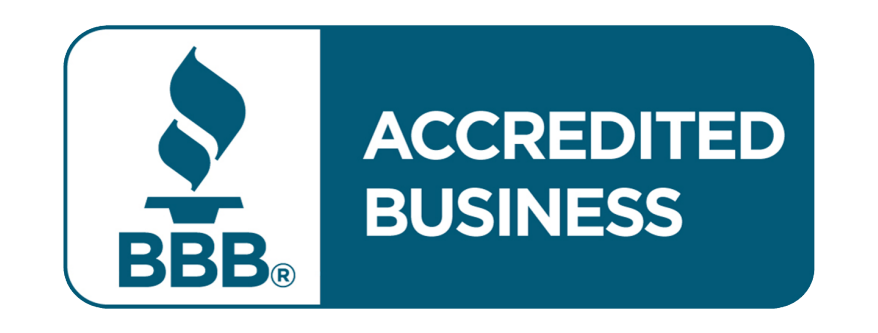Sump Pump Installations
Our experts will inspect your home before making recommendations on what the best sump pump choice is for your house. When Toronto homeowners have a sump pump installed, they may be eligible for a Basement Flooding Protection Subsidy from the City of Toronto. For sump pump installation, this subsidy can be as much as $1750.
The purpose of sump pumps is to remove standing water that has accumulated in a basement. Water gets accumulated in the sump pit by natural underground water or from a drain of a waterproofing system that is connected to the pit.
A sump pump system is implemented when the water table lies above a home's foundation footing. It serves to redirect basement foundation leaks through the establishment of an internal waterproofing system or by adding external weeping tiles to the sump pit.
Sump Pump Installation Process
- Our technician will discuss with the homeowner the best location for the sump pump, as there are some limitations when it comes to sump pump location and installation.
- First, we will break the concrete floor and excavate a hole of about 2–3 feet deep to install a sump pit.
- The sump pit is then installed, and the perforated weeping tile is connected to it. Additionally, the sump pit will collect groundwater.
- Once the water builds up to the specific level inside the sump pit, the sump pump will activate automatically and pump water via an ABS discharge pipe that is connected outside.
- After installing the sump pump system, any cracked concrete surrounding the sump pit is re-poured.
- Homeowners must perform yearly maintenance to ensure the sump pump remains operational.
Two Types of Sump Pumps
Sump pumps come in two varieties: submersible and pedestal. The pedestal sump pump, which sits above the sump pit, tends to be more noticeable and noisier. In contrast, the submersible sump pump is fully immersed in the sump pit, resulting in quieter operation.
Horsepower Requirements
Pumps of varying horsepower are suited to different pit sizes. A larger pit needs a sump pump with more horsepower. The greater the pump's power, the quicker it can expel water from the sump pit.
Battery-Activated vs. Water-Powered Sump Pumps
Certain sump pumps operate on battery power or water, with the former relying on a marine deep cycle battery and the latter using municipal water pressure. A battery backup sump pump ensures continuous operation during power outages or if the primary pump fails, preventing the sump pit from overflowing and safeguarding the basement from flooding.
Unfortunately, a battery backup will last you a limited time - up to 5-10, depending on frequencies and how often your pump will work. The water-powered pump backup will work as long as there will be pressure from the municipal water line.




